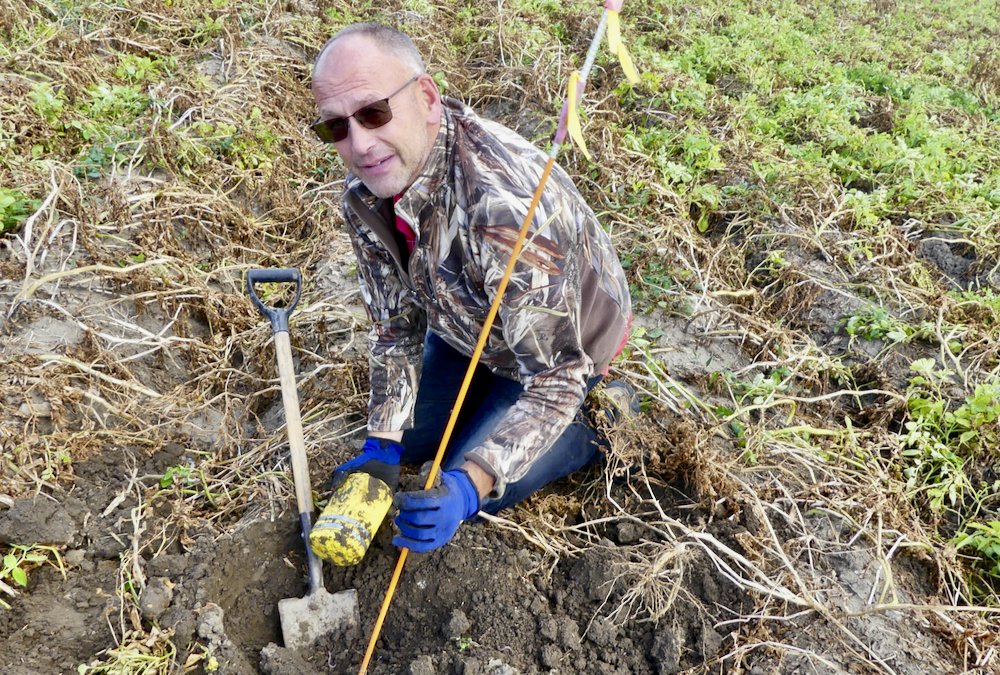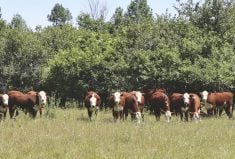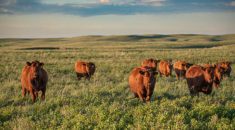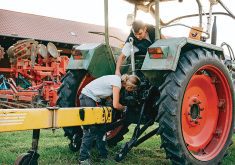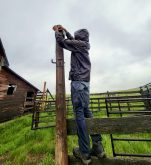The flood of federal funding for adopting environmentally friendly farming practices is a positive step, but also a “drop in the bucket,” says the general manager of Alberta’s cereal commissions.
Producers should definitely apply for the On-Farm Climate Action Fund (which offers 85 cents on the dollar for certain green practices), said Tom Steve of Alberta Wheat and Barley.
But there’s a “disconnect” between the $185-million program (Alberta’s share is $33 million) and Ottawa’s greenhouse gas reduction goals, he said.
Read Also
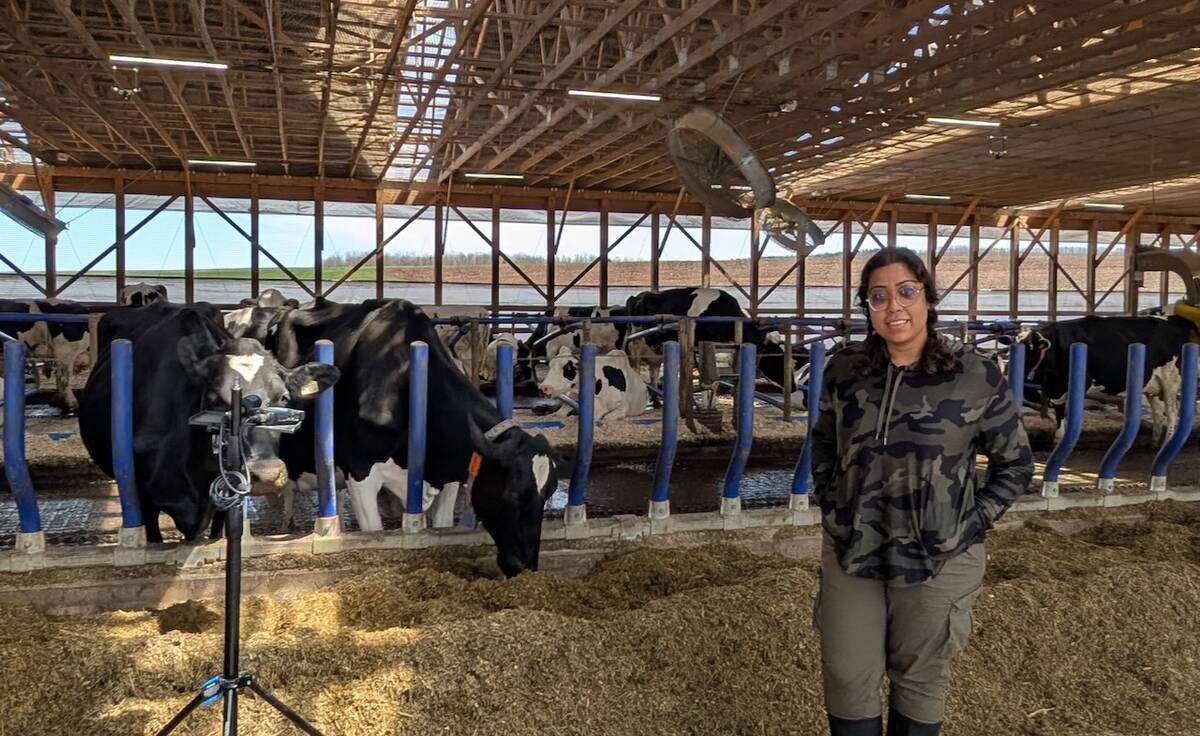
Moo translator and methane measures: There’s an app for that
Dalhousie University researchers use artificial intelligence to create new dairy farm apps that analyze cattle sounds and measure methane.
“I think these programs are fine and oftentimes they will lead to a more broadly applicable solution,” said Steve. “But there’s a much larger issue here to be dealt with — and that is the government imposing on agriculture a number of requirements that may or may not be economically feasible in the long term and may in fact seriously impact our competitiveness in global markets.”
He points to the government’s goal of reducing emissions from fertilizer use by 30 per cent by 2030 (compared to 2020 levels) and how that’s coming up in discussions on the next ag policy framework. (The framework is a five-year federal-provincial funding agreement for ag programs, with the next one set to take effect next April.)
“There’s a lot of discussion about the federal government’s desire to tie crop insurance to farmers’ efforts to address greenhouse gas emissions and climate change,” said Steve.
“So in order to qualify for your crop insurance, you may have to take certain steps on your farm to deal with the government’s desire to reduce greenhouse gas emissions and deal with environmental issues that may or may not have any relevance to (crop insurance).”
- Schoepp: The cost of climate change action shouldn’t fall on the few
- Schoepp: Climate change policies — how will they impact your farm?
It’s a similar story on research conducted by farm groups like his. Research deemed “relevant to the government’s climate change and greenhouse gas reduction mandates” would be funded 70 per cent by Ottawa and 30 per cent by producer groups.
“If it’s something to do with increasing yields or development of new varieties and it’s not directly related to climate change or greenhouse gas emissions, it’s a 50-50 cost-share split,” said Steve. “The concern we have is that not all programs will fit into that (climate change) bucket. There are some things we need to do to increase yields and increase our competitive ability that don’t all relate to that.”
And then there’s energy.
“The cost of grain drying is escalating because, for one thing, the cost of the primary feedstocks — propane and natural gas — has gone up dramatically. We’re also looking at a carbon tax of $170 per tonne by 2030.”
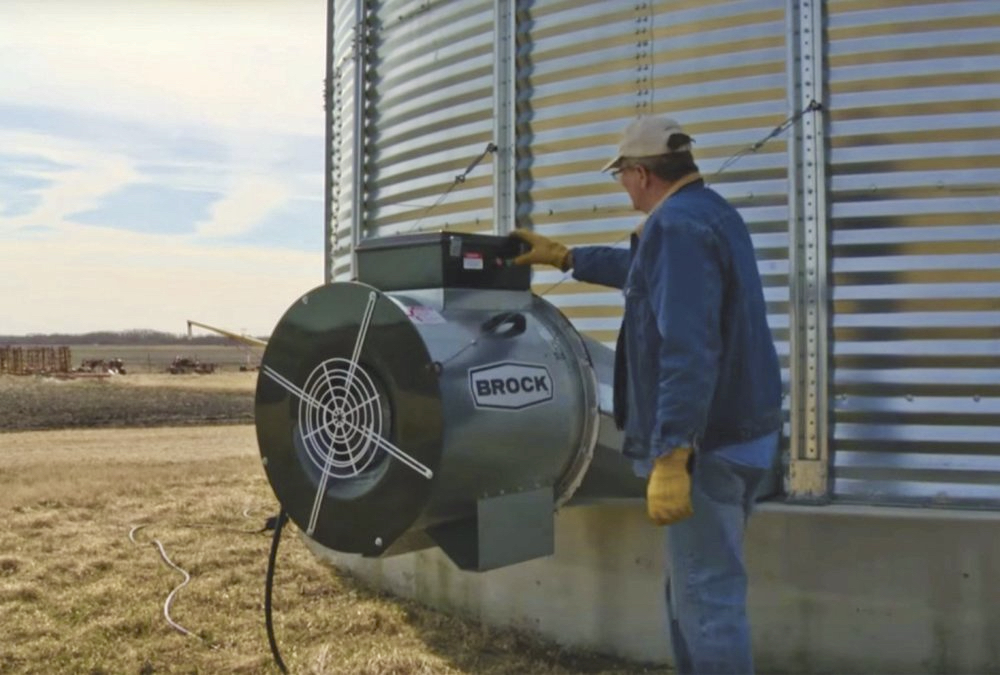
While the carbon tax has long been a source of friction, a new irritant is a federal bias towards green energy, such as biomass and electricity from renewable sources, he said.
Alberta Wheat and Barley and other producer groups are just completing a study on fuels used for grain drying. It has found that natural gas is the most economical fuel, said Steve.
“And again we have some concerns that they are targeting technologies like biomass and electric which our studies have shown are not especially viable for grain drying,” he said.
And even though natural gas and propane are conventional energy sources, they produce significantly less greenhouse gas emissions compared to diesel, he added.
“The study showed that (using) natural gas could reduce GHG emissions by 30 per cent compared to diesel. With propane, it meant 17 per cent less GHG.”
There’s also an ongoing refusal by the federal government to recognize or reward farmers for the work they’ve already done to reduce greenhouse gas emissions, Steve added.
“Western Canadian farmers adopted minimum tillage… (but) didn’t receive any compensation for that,” he said.
“Farmers have been using tools such as 4R fertilizer application for a number of years — again voluntarily and without government subsidies — to reduce overall emissions from commercial fertilizers.”
And while Steve encourages producers to apply for On-Farm Climate Action Fund cash, he questions whether this sort of approach has a significant impact.
“Typically government programs might apply to two or three per cent of all farmers: The ones that may be quicker to apply for them before all the money is used up,” he said. “What does that actually do to move the dial (on greenhouse gas reduction)?”
Often the terms and conditions of green programs are an issue, said Terence Hochstein, executive director of the Potato Growers of Alberta.
“To get some of this money you have to do some very specific things that aren’t always practical on a large-scale basis,” he said. “Especially here in Alberta you’ve got massive farms — they’re not your small hobby farms. There are very intensive crops, multiple crops and multiple ways of doing things.”
Hochstein points to incorporating livestock into a crop operation as an example.
“If you’re in southern Alberta under irrigation you’re not adding a livestock component or a forage component,” he said. “That’s very expensive ground. You can’t just take that out of production and seed it back to grass and run a bunch of cows on it for a number of years — it just doesn’t work that way.”


